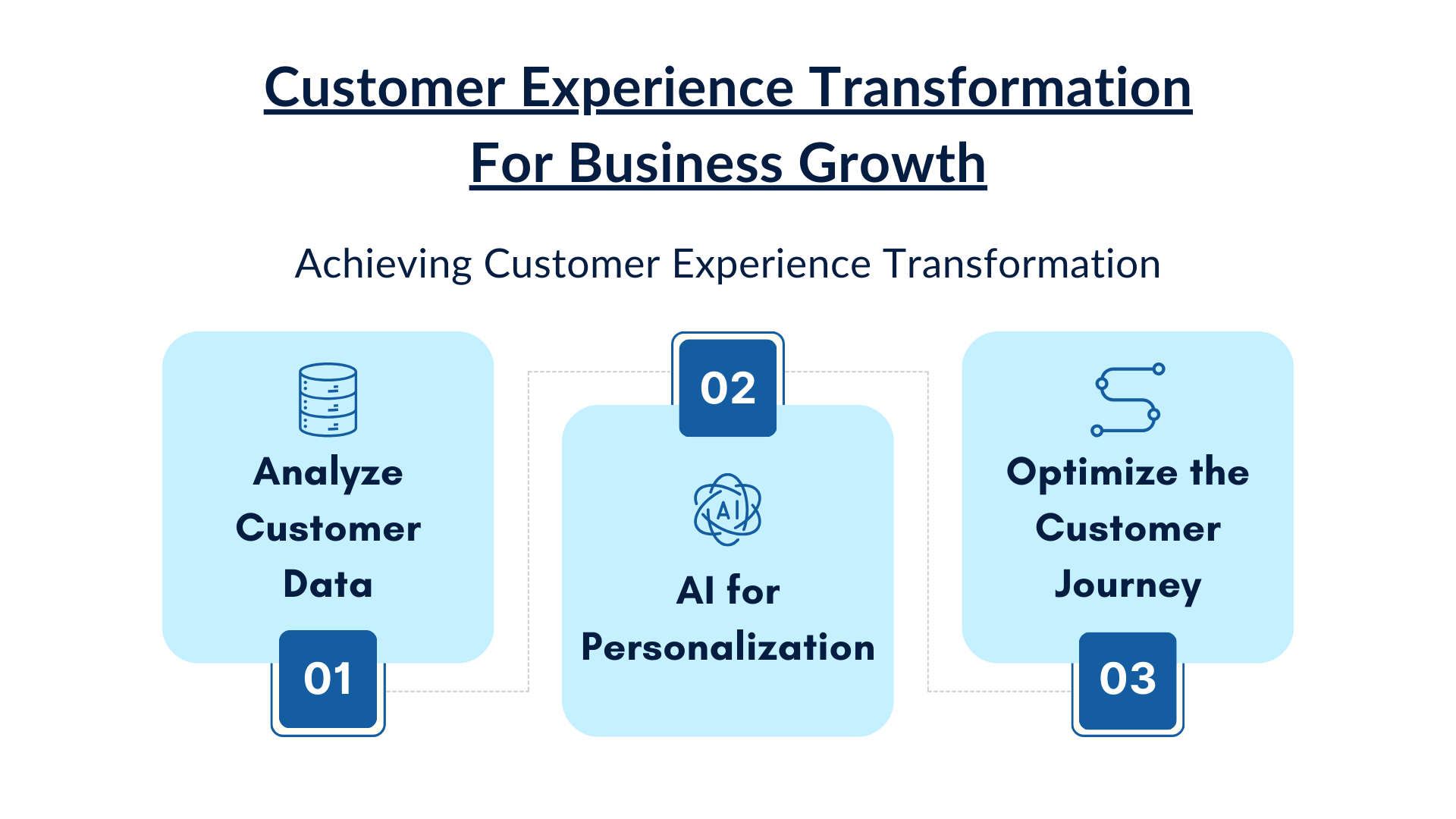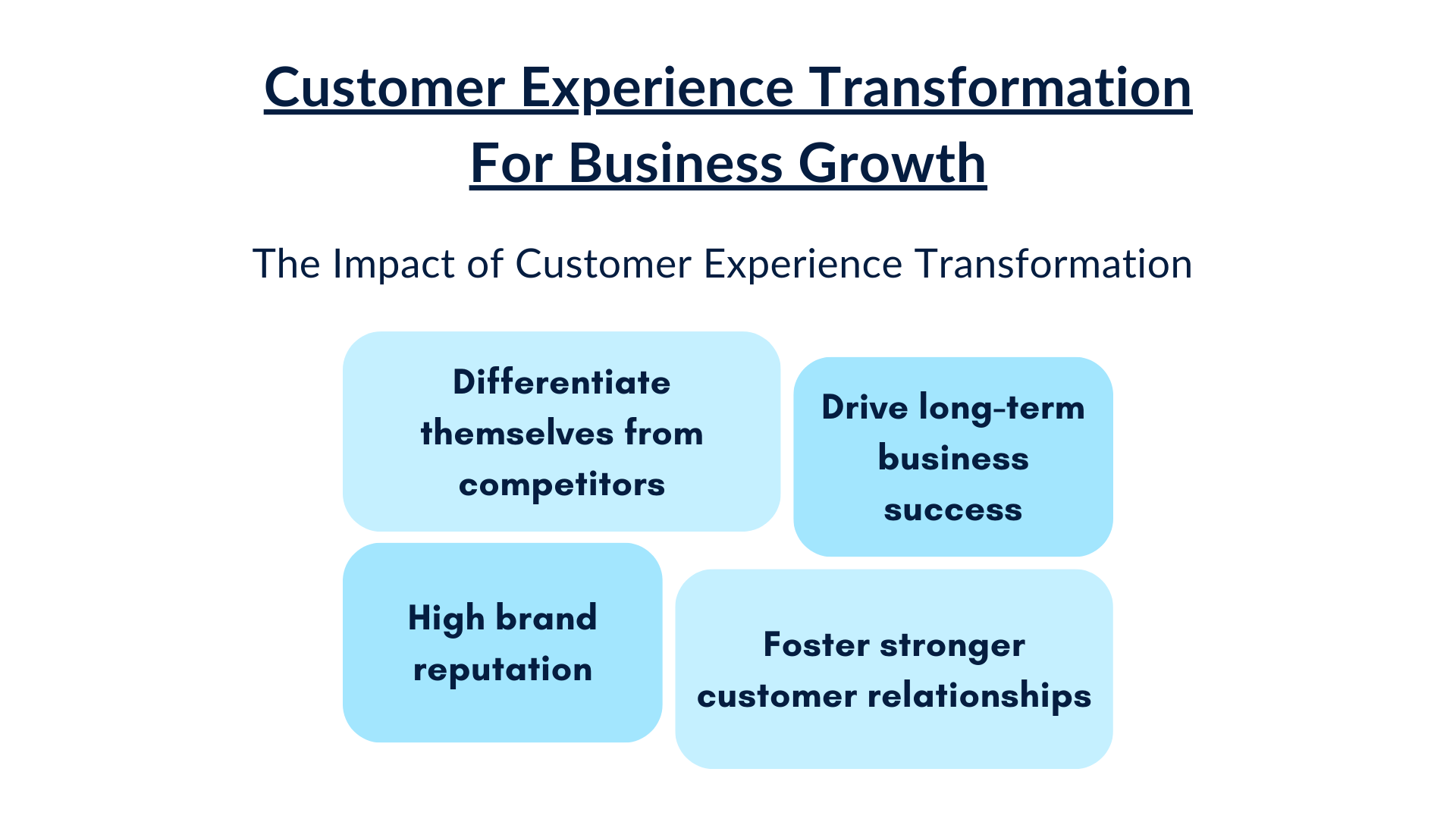Remember the last time you had a truly great customer experience? Maybe it was an app that seemed to read your mind, offering exactly what you needed before you even asked. Or perhaps it was a website that made you feel like you were its only visitor, effortlessly guiding you to what you were looking for.
Now, as a business leader, you're on the other side of that equation. You've probably noticed how your customers' expectations have skyrocketed in recent years. They're no longer comparing you just to your direct competitors, but to every digital interaction they have – from streaming services to online shopping.
The way customers interact with technology is constantly evolving. Customers expect seamless, personalized interactions, and companies that fail to adapt risk being left behind. At Valuebound, we combine world-class engineering with design thinking to reimagine digital user experiences and create solutions that foster life-long customer loyalty.
But what does customer experience transformation mean? Why is it crucial for business growth? And most importantly, how can it be achieved in a way that benefits both your company and your customers? This blog explores the concept of customer experience transformation and highlights how personalized digital experiences can significantly impact your business.
What is Customer Experience Transformation?
Customer experience transformation refers to the process of rethinking and reshaping how a business engages with its customers across every digital touchpoint. It goes beyond customer service—it's about creating a fully personalized and seamless experience throughout the customer journey. This includes interactions across websites, apps, social media, and even in-person events, using data and technology to craft a tailored experience that meets individual customer needs and preferences. It's a holistic approach that encompasses every aspect of the customer journey.
In essence, it’s about shifting from a one-size-fits-all approach to a customer-centric strategy that puts personalization at the forefront.
Why Businesses Need Personalized Customer Experiences
For businesses, the days of generic interactions are long gone. Customers now expect a tailored experience—one that is responsive to their needs, behaviors, and preferences. Here are the key pain points businesses face when they don’t focus on personalization:
- Inefficient Use of Resources: Without a targeted approach, businesses waste time and money on marketing and engagement efforts that don’t resonate with their audience.
- Higher Customer Churn: When customers don’t feel valued or understood, they are more likely to switch to a competitor, leading to higher churn rates.
- Missed Growth Opportunities: Personalization unlocks new business potential, from increasing customer lifetime value to creating more opportunities for cross-selling and upselling.
- Loss of Customer Loyalty: Failing to provide personalized interactions results in a lack of differentiation, driving customers to competitors that better meet their needs.
Personalized customer experiences are, therefore, the answer to all these challenges, as they help build strong relations with their customers and provide value at each stage of the customer journey.
Achieving Customer Experience Transformation
Customer experience transformation is an ongoing process that requires the right blend of technology, strategy, and empathy.

Here’s how your business can achieve it:
1. Analyze Customer Data
The principle of delivering personalized experiences hinges on data. Today, businesses collect and analyze data from customers to understand their preferences, behaviors, and even their needs. All these give businesses much more focused marketing, and product recommendations, and offer customer services accordingly.
To get started:
- Use analytics tools to track customer interactions across all digital touchpoints.
- Identify patterns and trends that can inform your personalization strategies.
- Segment your audience based on behaviors, preferences, and purchase history.
With these insights, businesses can create highly personalized experiences that resonate with individual customers, leading to improved engagement and loyalty.
2. AI for Personalization
One of the most effective methods to achieve personalization at scale is through AI and automation. AI-driven tools help in instantaneous analysis of large data sets while providing personalized recommendations, content, and interactions at scale with minimum manual intervention.
For instance, AI can be used to:
- Provide personalized product recommendations based on past behavior.
- Automate customer service by using chatbots and virtual assistants.
- Predict customer needs and proactively offer solutions before issues arise.
These technologies allow businesses to deliver an effortless, personalized experience for every customer in the operation, regardless of its size.
3. Optimize the Customer Journey
To drastically transform the customer experience, businesses need to map the entire customer journey and then optimize every touchpoint for personalization. This means creating consistent, tailored experiences where customers interact with your brand-on your site, mobile app, social media, or in-store.
Steps for optimizing the customer journey include:
- Identify where the friction lies, as well as opportunities for better personalization
- Alignment of all departments including marketing, sales, and customer service, with a focus on cohesiveness.
- Providing omnichannel support so that customers can seamlessly move between digital and physical interactions.
By creating a unified customer journey, businesses can increase engagement, reduce friction, and ensure that customers feel valued at every stage of their interaction with the brand.
How Personalized Customer Experiences Fuel Business Growth
Personalized digital experiences are a key driver of business growth. Here’s how focusing on customer experience transformation can directly impact your bottom line:
- Increased Customer Lifetime Value: When customers feel understood and valued, they’re more likely to remain loyal to your brand, leading to repeat purchases and a higher customer lifetime value (CLV).
- Higher Conversion Rates: Personalized recommendations, content, and offers lead to higher conversion rates by delivering relevant experiences that encourage customers to take action.
- Reduced Customer Churn: By addressing customer pain points and proactively meeting their needs, businesses can reduce churn and foster long-term loyalty.
- Improved Customer Satisfaction: Personalized experiences create positive emotional connections, leading to higher levels of customer satisfaction and advocacy. Satisfied customers are more likely to recommend your brand to others, driving organic growth.
The Impact of Customer Experience Transformation

The customer experience transformation is about more than a better product or service; it's about emotional connections and lasting impressions. Companies making those digital investments in personal, one-to-one experiences are well-poised to:
- Differentiate themselves from competitors
- Foster stronger customer relationships
- Drive long-term business success
- High brand reputation
In A Nutshell
Customer experience transformation, at its core, would essentially mean the act of creating meaningful and long-lasting relationships with customers. It's not about delivering the best product or service; it's truly identifying what your customers need, tailoring their interactions, and making them feel valued. When such personalized experiences are a priority to you, then you are not only fulfilling expectations but building loyalty, trust, and long-term relationships. These powerful connections, therefore, make your business truly different and help it grow and thrive.
The time to act is now. At Valuebound, we have the expertise and tools to help you stay ahead of the curve. Let’s work together to bring your customer experience transformation to life.
Contact our experts at Valuebound today to discover how we can help you create personalized digital experiences that fuel business growth and drive success.
FAQs
1. What is customer experience transformation?
Customer experience transformation refers to the strategic overhaul of a company’s approach to customer interactions, focusing on creating personalized, seamless experiences that enhance customer satisfaction and loyalty.
2. Why is customer experience transformation important for businesses?
Transforming customer experience is crucial for businesses because it fosters stronger customer relationships, drives brand loyalty, and ultimately leads to increased revenue and growth in a competitive market.
3. How can businesses achieve effective customer experience transformation?
Businesses can achieve effective transformation by leveraging data analytics, implementing customer feedback mechanisms, personalizing interactions, and adopting technology that enhances communication and service delivery.
4. What role does technology play in customer experience transformation?
Technology plays a pivotal role by enabling businesses to gather and analyze customer data, automate processes, and provide personalized experiences through tools like CRM systems, AI, and chatbots.





